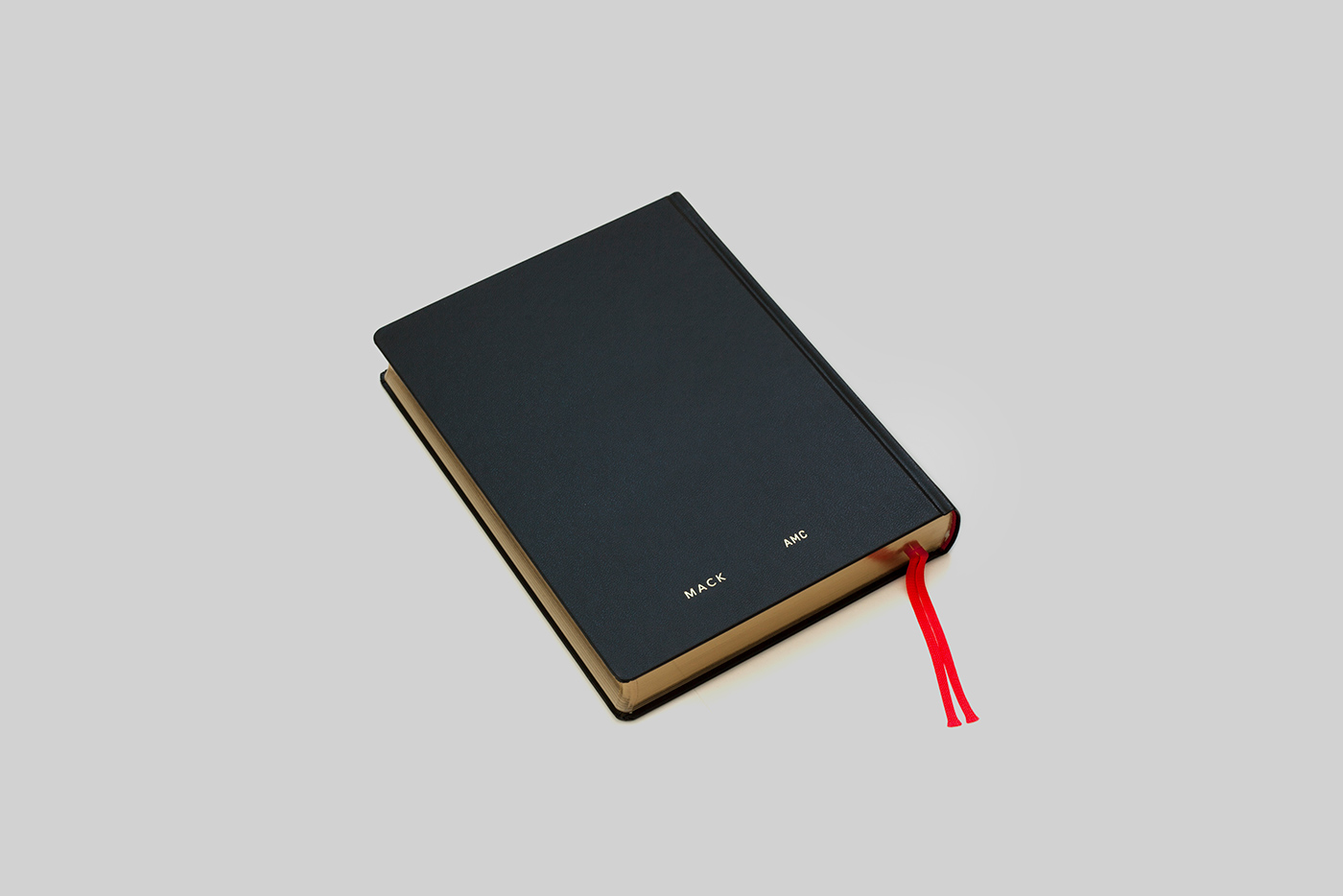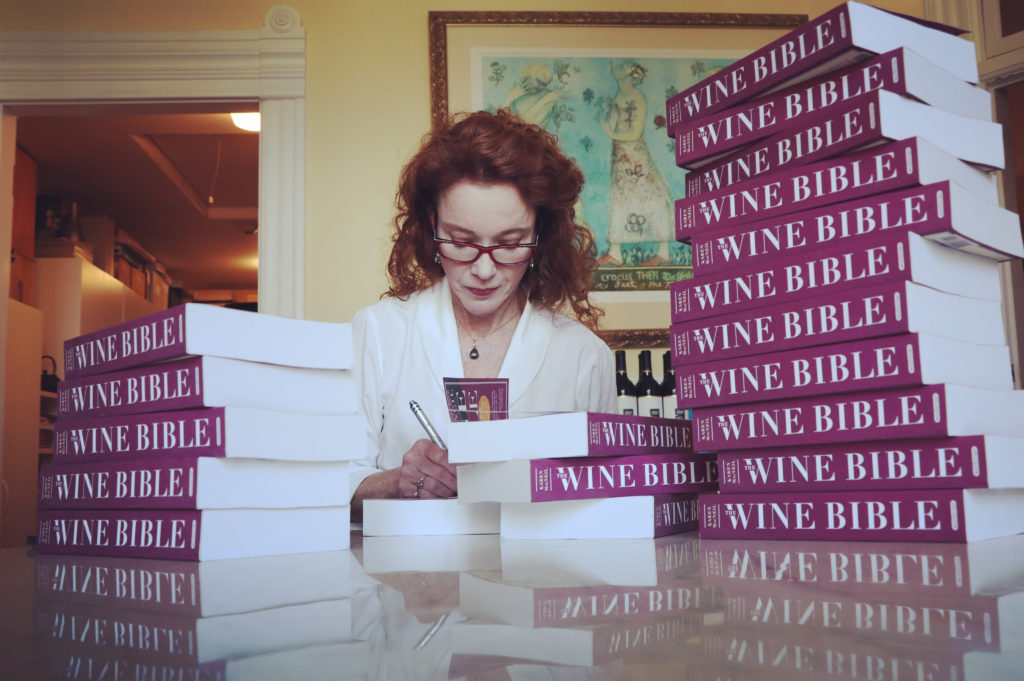

In that stretch, both wine and publishing have been radically transformed. It has been 21 years since Robinson’s work first appeared, and 14 since MacNeil’s (this will be the fourth edition of Oxford, and the second of the Bible). It can’t be entirely coincidental that new editions of the two hit shelves this month-arriving at an odd moment.

Or perhaps I preferred my wine talk without the aura of romance that gets too many writers into trouble. Perhaps it was that I felt wine should best be learned by free association. Perhaps it was because the Bible opened with a lengthy tutorial section for the newbie-something that always seemed grafted onto its encyclopedic back half. That preference might have been because the Oxford provided the sort of bottomless detail that, at the time of its 1994 first printing, the Internet could not yet provide. In my early writing days, it had a near-permanent place on my kitchen’s butcher block, where I spent hours wormholing from entry to entry.

(“Syrah reminds me of the kind of guy who wears cowboy boots with a tuxedo.”) To strain an obvious comparison, it was downright American.Įven if both were on your shelf, one always ended up more dogeared and cracked. The latter was far friendlier, filled with homilies and quotes in display type, always trying to be disarming-and often romantic-in its language. (“To ripen fully, Syrah demands a warm climate, but if temperatures are too high, its telltale fragrance is lost.”) The former was tidy and British in its way: sometimes dry and occasionally blunt, but always authoritative. For much of the past 15 years, the eager student typically chose between two: The Oxford Companion to Wine, edited by Jancis Robinson, who is now helped by her longtime collaborator Julia Harding and Karen MacNeil’s The Wine Bible. Wine has always relied on its canonical texts, books to guide you through the endless particulars.


 0 kommentar(er)
0 kommentar(er)
